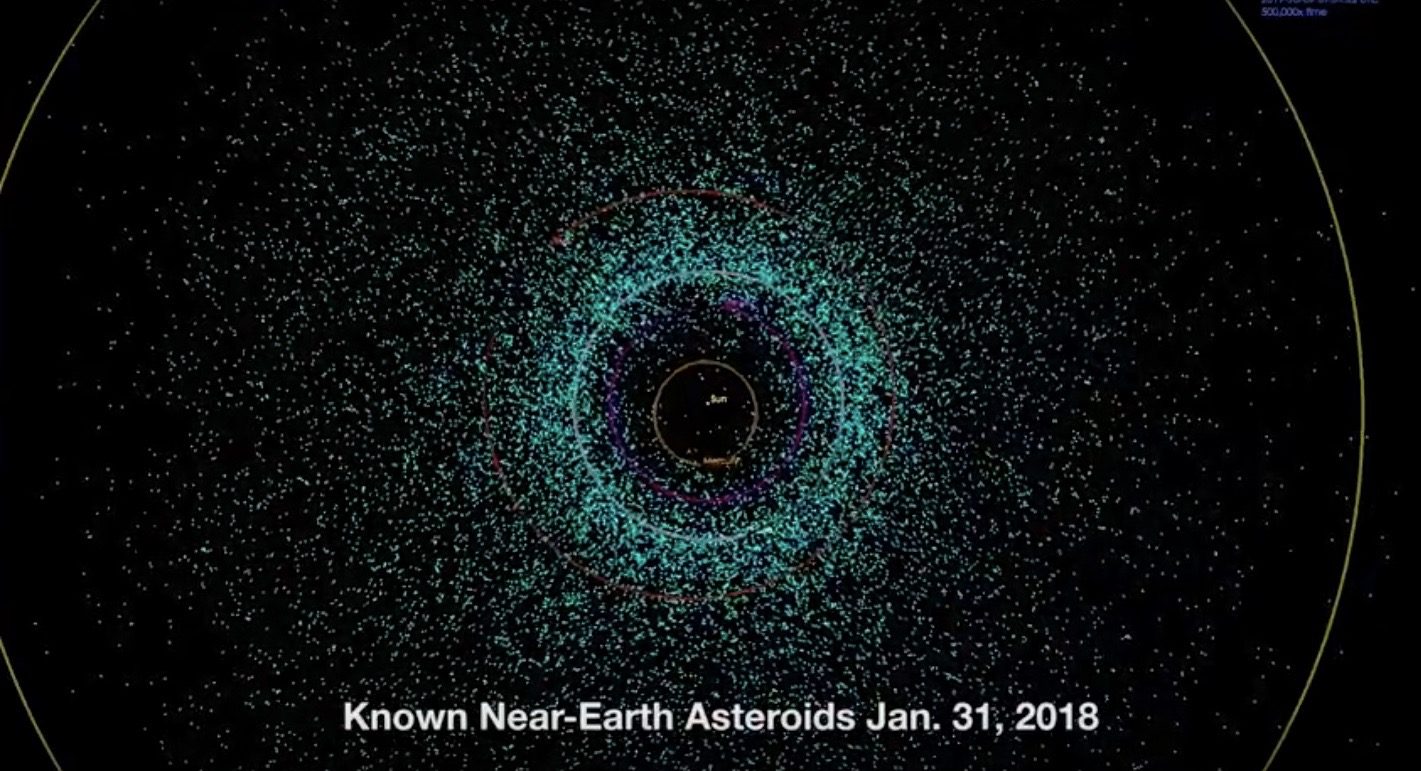OF THE
TIMES
Today as never before we need to comprehend the course, logic, and path of the process of history. Every day we need to make decisions that will affect future generations. It has become obvious that no single nation, confession, social class or even civilization can solve these problems on its own. We increasingly have to listen to one another: Europe and Asia, Christians and Muslims, White and Black peoples, citizens of modern democratic states and places where traditional society survives. The key is to understand one another correctly, avoid hasty conclusions, and acquire the true spirit of tolerance and respect toward those with different value systems, habits, and norms.
In Poland, the mobilization process is not working yet.Of course, there was an attack by Ukrainians on the consulates, which could be seen in the...
The man, identified only by his combat nickname 'Niko', said he continues to fight despite being injured and losing his leg in battle because...
Mr. Duginin is not Putin's mastermind. It's worse, Mr. Putin has a brain of his own. In fact, it is even worse, because the Russians still have...
I wouldn't bother with any of the 2 Naomi's. klien/wolf ones a Jewish identitarian, the other believes in man made climate change.
Don't trust people who dress like that all the time.
To submit an article for publication, see our Submission Guidelines
Reader comments do not necessarily reflect the views of the volunteers, editors, and directors of SOTT.net or the Quantum Future Group.
Some icons on this site were created by: Afterglow, Aha-Soft, AntialiasFactory, artdesigner.lv, Artura, DailyOverview, Everaldo, GraphicsFuel, IconFactory, Iconka, IconShock, Icons-Land, i-love-icons, KDE-look.org, Klukeart, mugenb16, Map Icons Collection, PetshopBoxStudio, VisualPharm, wbeiruti, WebIconset
Powered by PikaJS 🐁 and In·Site
Original content © 2002-2024 by Sott.net/Signs of the Times. See: FAIR USE NOTICE

Comment: Clearly, there are far more asteroids/comets in the inner solar system these days. This is obviously connected with why meteor fireball events have gone way up. And yet the media still refuses to touch this story!
What's it gonna take people? Kersplat??
Just last week, there were SIXTEEN fly-bys of NEOs:
Asteroid swarm: SEVEN asteroids to zoom past Earth today! NINE more later this week...
Incoming! ANOTHER asteroid - discovered just today - to make fly-by this week